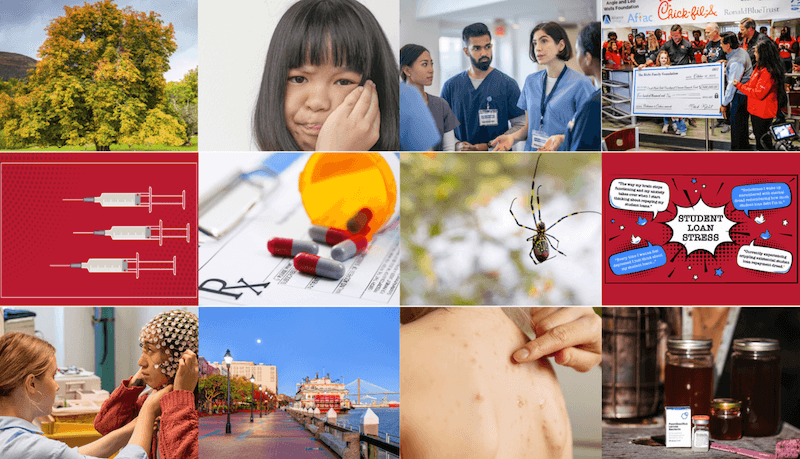
As spring approaches, now is a great time to schedule a community clean-up event.
These events can be organized by citizens, civic groups or local governments and often have a theme or targeted area in a town or community. Clean-up events provide many benefits to a community including raising the awareness of litter prevention, developing pride in our communities and restoring the natural environment.
A seldom recognized and underappreciated benefit of these programs is the permanent elimination of larval mosquito habitats. Some of the most common mosquito pests around the world develop in the containers, litter, debris and used tires that are commonly collected during a clean-up event.
Comprehensive mosquito suppression
As a refresher, there are a number of characteristics that are consistent for all mosquitoes. The females will deposit their eggs on soil that will become flooded, above the water line in natural and artificial containers or on the surface of standing water. All types of mosquitoes require standing water for their larval (wiggler) and pupal (tumbler) stages to develop.
A prominent subgroup of mosquitoes is commonly classified as “container breeding mosquitoes,” which usually develop in containers and debris closely associated with people and their living areas. By eliminating containers, debris and used tires from our communities, we can help to reduce these nuisance and disease-transmitting mosquito populations by permanently eliminating sites where they could develop.
The premise of integrated mosquito management incorporates five general practices to form a comprehensive approach to an effective and cost-efficient mosquito suppression program. These practices include education, source reduction, surveillance, larviciding and adulticidiing.
Educating both the public and mosquito control practitioners is an important first step for mosquito prevention. A comprehensive source-reduction effort is the next step and is a pillar of any integrated mosquito management program. Source reduction involves eliminating sites, situations and circumstances where water is allowed to stand or collect for extended periods. Such sites can commonly serve as habitats for extensive larval populations.

Eliminating breeding grounds
The American Mosquito Control Association lists source reduction as the single most effective means of mosquito control. As part of an integrated program, source reduction can include clearing drainage ditches, manipulating water levels, eliminating abandoned pools, and removing tires and debris from our neighborhoods. By eliminating these larval and pupal development sites we can help to reduce the need for insecticide applications, reducing both costs and the risk of pesticide exposure for pollinators while preserving pesticide susceptibility in target mosquito populations.
One of the Southeast’s most common and widespread container-inhabiting mosquito pests is the Asian tiger mosquito, Aedes albopictus. This mosquito was introduced to the U.S. in used tires in Houston, Texas. Tires have long been recognized for their potential to create an ideal larval mosquito habitat. The dark rubber holds heat while the shape and design are notorious for catching water and not drying out. Consequently, the improper storage and disposal of used tires can cause significant mosquito populations in our communities. Tires are also extremely durable by design, consequently they stay in the environment for a very long time when disposed improperly.
Tire amnesty
Fortunately, the Georgia Environmental Protection Division (EPD) has a Tire Management Unit that is responsible for enforcing state regulations on used tires. The Solid Waste Trust Fund Grant Program is funded by the fee on the sale of new tires in Georgia. This fund is used to clean up scrap tires and support statewide recycling efforts. The Scrap Tire Abatement Reimbursement (STAR) Program can cover the cost of removing, transporting and processing scrap tires cleaned up from illegal dump sites, city and county right-of-ways and collected during scrap tire amnesty events.
A scrap tire amnesty event can serve as the centerpiece of a broader community clean-up event. Tire amnesty events must be organized through a town or county government entity, which will serve as the reimbursable agency. The entity conducting the event works in collaboration with the EPD to organize the collection, storage, shipping and processing of the collected tires.
All costs associated with the process are reimbursable through the STAR program. This program is a tremendous resource that can help residents eliminate larval mosquito habitats while improving their community and the environment. For more information on the STAR program, email epd.star@dnr.ga.gov.
Learn more about how to control mosquitos from the University of Georgia Department of Entomology at ent.uga.edu. Residents of the Southeast should also check out UGA Cooperative Extension Circular 1266, "Mosquito Control Around the Home."


.png)



